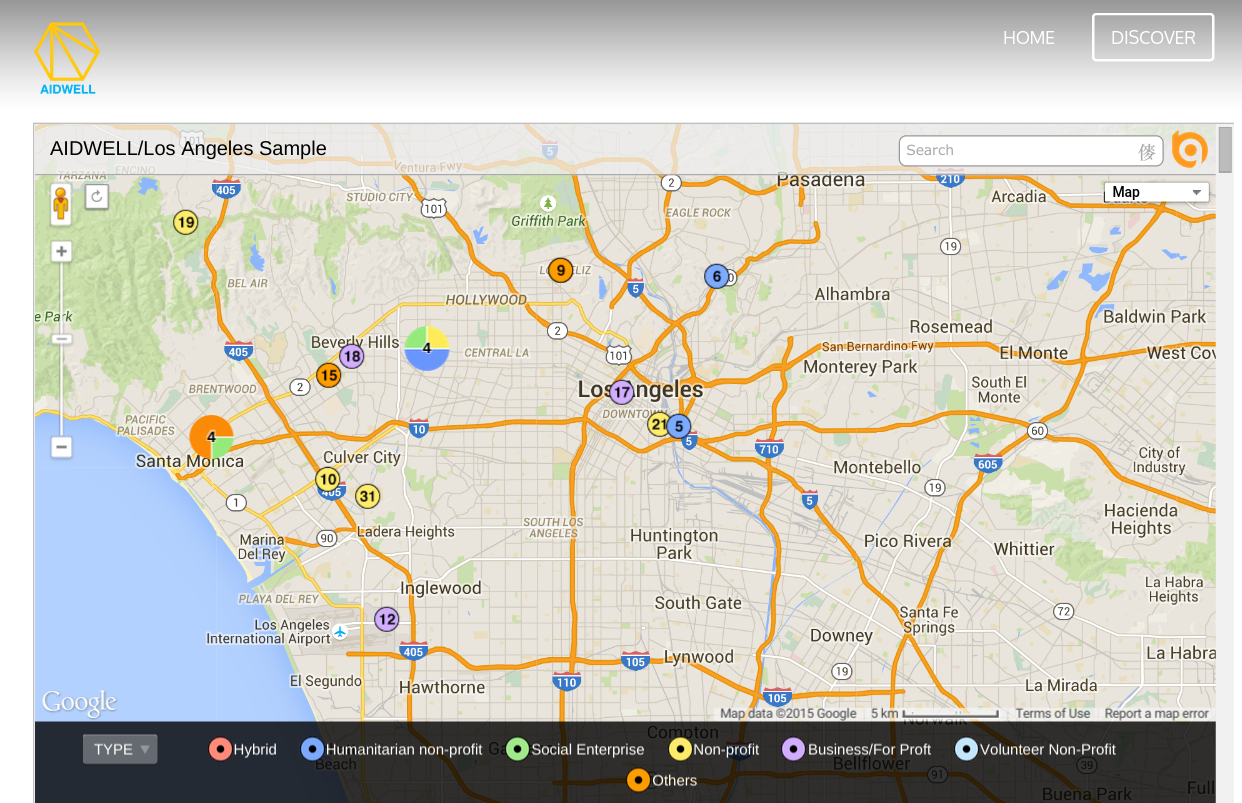(Cross-posted from Aaron’s Blog)
I’ve been a member of Gamespot – a website dedicated to news and discussion on videogames – since 2003. My rank on it is Super Bagman (Level 23), which I gather isn’t particularly high, since the site suggests you can go up to at least Level 71. I also have a list of achievements for having done mundane things, such as registering for the site, voting for the game of the year, and being a “New Game Ninja,” whatever that means.
The details about levelling up in rank isn’t displayed prominently, so I had to do some digging around to find it. Here’s a passage that gives you some idea of what levelling up means:
To level up on GameSpot, all you need to do is to spend your time here. The levelling system exists in order to encourage users to come back to the site, and enjoy using it, in whatever way they want. This means there is really no set method of levelling up.
Common ways of spending time here include but are not limited to: visiting the forums, posting, reading articles and blogs, watching videos, updating your profile etc. It is factors such as these which contribute towards a user’s activity level, and thus, their level itself.
This is gamification. It’s basically a way of using symbols (badges, titles, ranks, levels, etc.) to signify your status in a community. In broader terms, it is used to encourage certain behaviors, such has developing healthy habits, or quitting bad ones.
Gamification on Gamespot has done nothing for me. I’m aware of its existence but it hasn’t encouraged me to participate any more than I normally would if it wasn’t gamified, nor has it made me want to change my form of participation on the site. I don’t know what the badges mean and I couldn’t care less about them. I love the site, though, and the people there are pretty helpful and friendly. I usually go there to find out about games or to discuss ones that I’m either in the process of playing or have just completed. After that, I’m done with the community until the next time I want to go back. I don’t care about my rank at Gamespot, nor do I care about other members’ rank or achievements. Perhaps pro-gamification people can argue that Gamespot isn’t well-gamified, and that it’s far more effective if it used different means of gamification. Or perhaps Gamespot is too broad and diverse a community for gamification to work effectively.
A little over a year ago, a blog posted at Terranova (a gaming blog) by Edward Castronova described Professor Lee Sheldon’s approach of using game design in a college classroom. (The word “gamification” or “gamify” doesn’t appear in the blog post as it hadn’t become a buzz word yet.) In short, the class was divided into “guilds” and students were allowed to go on different quests. Reward came in the form of points awarded based on the quality of the work. (You should read the blog post itself for more details.) The course itself was on “Multiplayer Game Design,” so I suppose it lends itself easier to the format. As far as I can tell, this is gamification. It sounds like rephrasing things, so that “work” becomes “guild quest” and so on. Not having been a student of the course myself, I can’t say whether that would’ve worked on everyone, but I’m assuming that someone enrolled in a game design course would be more open to this format than others. In other words, it’s a very self-selective group. Then there’s Jesse Schell, a Carnegie Mellon professor who gave a talk at DICE in 2010 that caused a lot of buzz at the time. Schell’s talk focuses first on a list of unexpectedly successful trends, such as Club Penguin, Webkins, Mafia Wars and Farmville, and discusses why they’ve been successful. His argument is that these games have been successful because they’ve started tapping into “reality,” making people take real-world actions (e.g., spend real money). Then he argues that companies will start building in sensors in their gadgets and devices, seemingly assuming that consumers would be okay with this, such that your toothbrush can tell if you’ve been brushing your teeth, and so on. He speculates that one day we’ll be in a world when our cereal boxes and soda bottles will have sensors, cameras, and screens, basically like Minority Report but a lot more disturbing. Except, he sees this as a good thing and as an inevitability in the future, and he ends the talk by saying that, if we’re being watched all the time and if all our actions are being tracked, then maybe we’ll force ourselves to behave better. Watching that clip today is particularly disconcerting because it sounds like Schell read Orwell and Huxley and decided that their depictions of dystopian futures are good visions that both should be brought into existence, one where we’re under constant surveillance and where amusement is the driving force behind society. The best (or worst?) of two dystopic worlds. Fortunately, a year later, most of his predictions have gone in the opposite direction, because people are genuinely protective in their privacy settings. They don’t like being tracked or monitored, they don’t want to share everything they do with all their friends, and they don’t like to be watched in the privacy of their homes. Most of all, they don’t want corporations and governments doing any of this surveillance, even if it’s for benevolent reasons.
I’m not the only one baffled and disturbed by Schell’s vision of the future. If you do an Internet search of the words “Disturbing Presentation,” this talk comes up on top. But note, again, that Schell doesn’t use the words “gamified” in his talk even though it clearly is a form of gamification.
For gamification to work smoothly, it has to assume that people are “rational” and can be gently manipulated by reward and punishment. It assumes that people can be guided to follow actions if they are rewarded (by points, by status, and however these are connected to a larger community or system), and that we can rationally make simple decisions. But this assumption is problematic at best.
I’m not the only one baffled and disturbed by Schell’s vision of the future. If you do an Internet search of the words “Disturbing Presentation,” this talk comes up on top.
Dan Ariely, a behavioral economist, gave a fascinating TED talk on the fact that we are not rational beings, at least not in the way that rationality is conventionally defined. His book, Predictably Irrational, extends this argument with counter intuitive examples that he conducted. Of relevance here is his chapter “The Problems of Self-Control and Procrastination,” where he sets up an experiment to test how his students will deal with procrastination. There are three conditions: 1) Students are given a specific deadline for their assignments; 2) Students can set their own deadlines but must abide by them, and 3) Students can submit their assignments whenever, without committing to a deadline. Turns out that the class given the strict deadlines performed better (i.e., submitted better papers) and the class that was given no deadline did worst. The connection to gamification might not be strong, but it does suggest that human behavior isn’t as straightforward as we would expect it to be. The more choices we have in a given decision, the less likely we’ll act in a rational way.
Dan Ariely asks, Are We in Control of Our Decisions?
Ariely’s book is filled with examples that defy our conventional wisdom on rationality, but perhaps these can be considered proof that gamification can and does work because why else would people spend real money on virtual goods, or care about arbitrary achievement badges and ranks? ‘Cause even though I don’t care about my Gamespot rank and achievement badges, I’m pretty sure some people do, and they’re willing to devote time to the site to improve their ranking. But this brings us to ethical questions as well: If you know people can be manipulated, should you manipulate them “for their own good”?
The conversation on gamification has changed since a year ago. For starters, we have a word for it now. We also have more people talking about it and taking positions on its effectiveness. We also have more game researchers speaking out against gamification, for a variety of reasons, but I’ll leave that discussion and some questions for a forthcoming post. For now, I’m trying to remain open-minded to see whether this is something that could work if it was 1) designed in a non-trivial, non-invasive manner and 2) implemented properly. There are clearly gamified systems that seem to work, but there might be many others that don’t. Assuming that no approach works 100 percent of the time for 100 percent of its users, we need to hear more about these counter examples to see what more we can learn about gamification.
Stay tuned for Part II.



